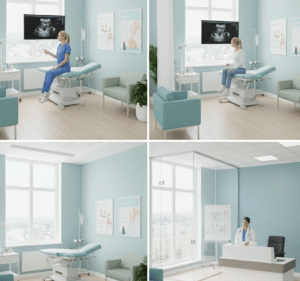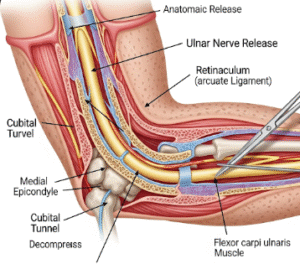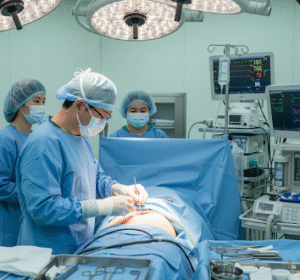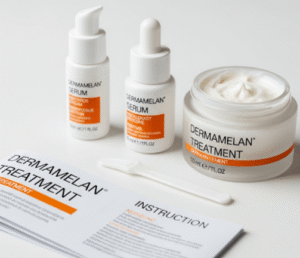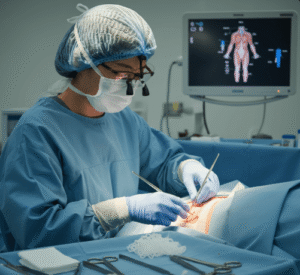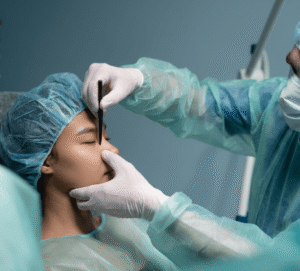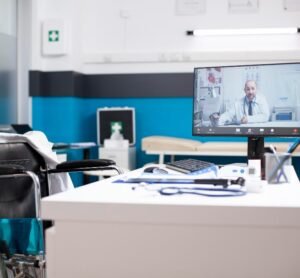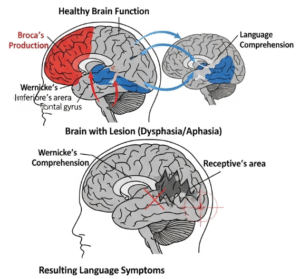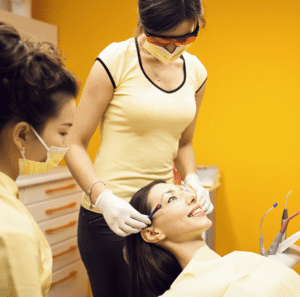Overview
Retrognathia is a condition where the lower jaw (mandible) is positioned further back than the upper jaw, leading to a receding chin and sometimes affecting facial appearance, bite function, and airway health. In Korea, advanced diagnostic techniques and comprehensive treatment options, including orthodontics and surgery, are available to effectively manage retrognathia and improve both function and aesthetics.
What is Retrognathia?
Retrognathia refers to the posterior positioning of the mandible relative to the maxilla (upper jaw). This misalignment can cause an improper bite (malocclusion), speech difficulties, and sometimes contribute to breathing problems such as obstructive sleep apnea.
Symptoms
- Receding or weak chin appearance
- Overbite or malocclusion
- Difficulty chewing or biting properly
- Speech difficulties in some cases
- Breathing problems, especially during sleep (snoring, sleep apnea)
Causes
- Genetic factors affecting jaw development
- Congenital craniofacial abnormalities
- Trauma or injury affecting jaw growth
- Developmental delays in mandibular growth
Risk Factors
- Family history of jaw or facial skeletal abnormalities
- Congenital syndromes involving the craniofacial region
- Childhood habits affecting jaw development (thumb sucking, mouth breathing)
Complications
- Functional issues with chewing, speaking, and swallowing
- Temporomandibular joint (TMJ) disorders and pain
- Sleep apnea and related cardiovascular risks
- Psychological and social impact due to facial appearance
Prevention
- Early orthodontic evaluation and intervention in childhood
- Avoidance of harmful oral habits during development
- Regular dental and craniofacial check-ups
Treatment Options in Korea
Korea provides a range of advanced treatments for retrognathia combining orthodontics and surgery:
- Orthodontic Treatment: Braces or functional appliances to guide jaw growth and correct bite in mild to moderate cases, especially in children.
- Orthognathic Surgery: Surgical repositioning of the mandible to correct jaw alignment in severe or adult cases.
- Combined Approach: Coordination between orthodontists and maxillofacial surgeons for comprehensive treatment planning.
- Sleep Apnea Management: For patients with breathing problems, specialized evaluation and treatment including surgery or CPAP therapy.
- Rehabilitation: Post-treatment physiotherapy and speech therapy if needed.


